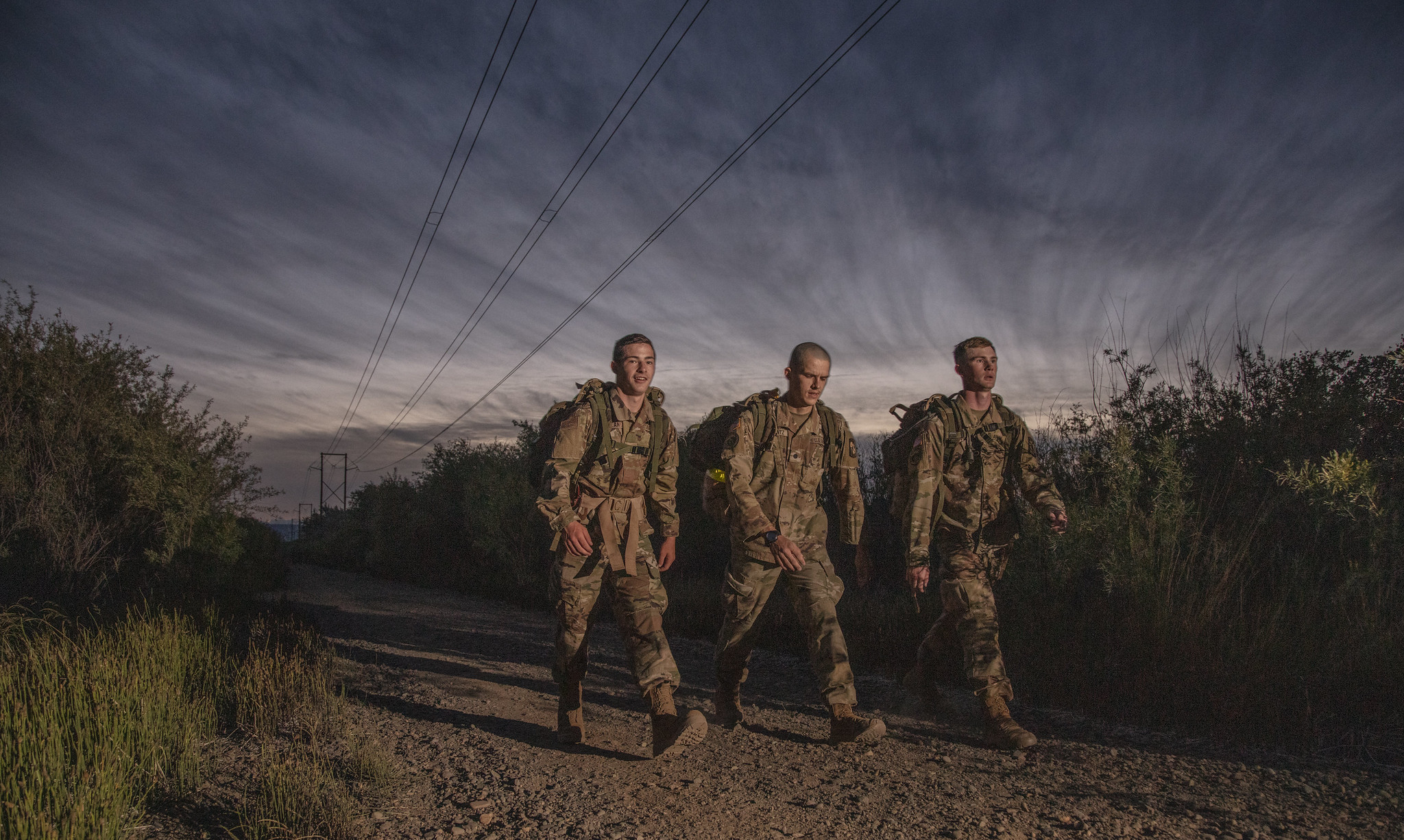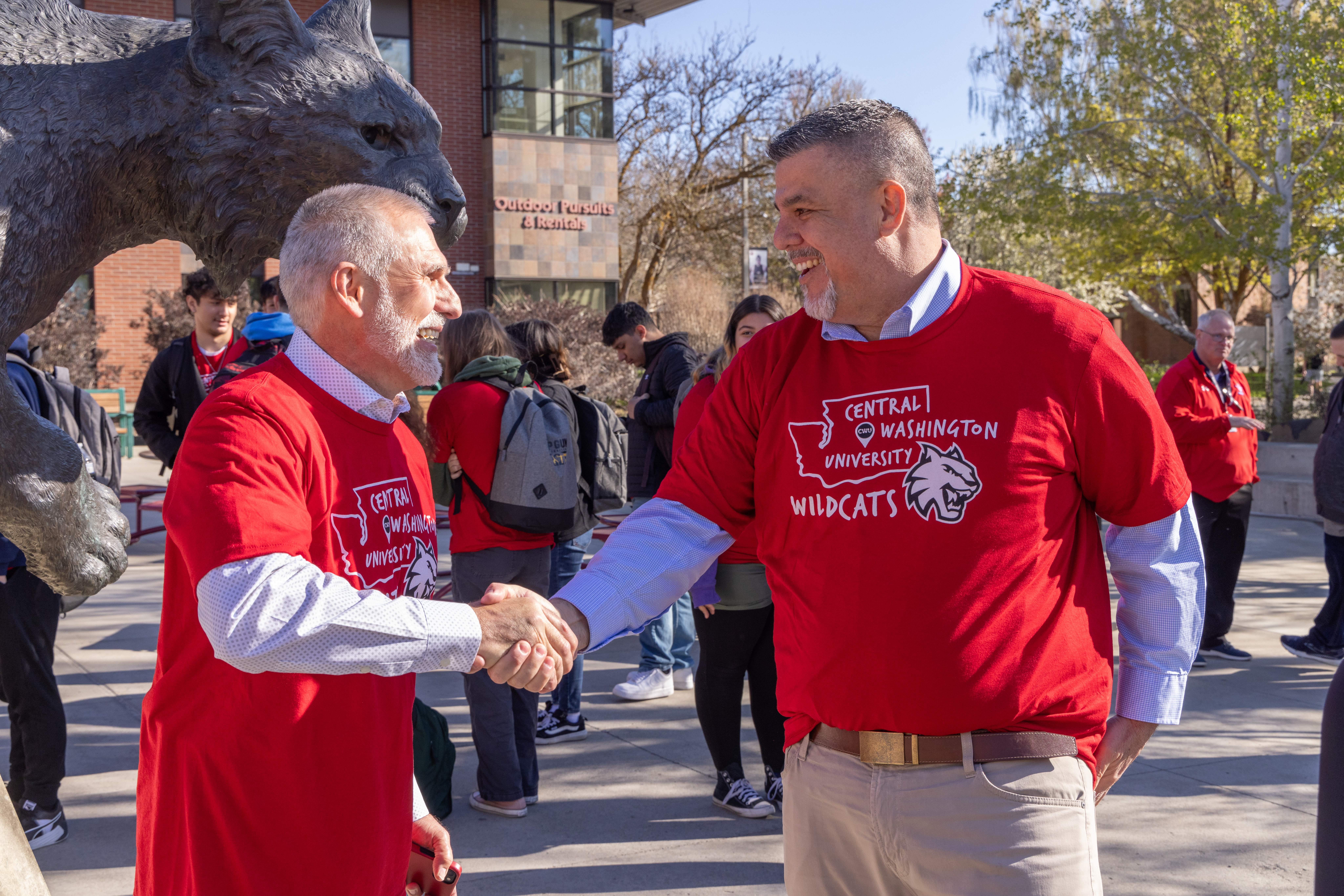
Academic Assessment: SEOIs
Resources
1. Where should I log in to complete my SEOIs?
Log in to complete your SEOIs.
2. Can my professor identify my responses to my completed SEOI?
- No. Faculty cannot see each individual SEOI response; they see compiled averages and then a long list of comments. An example of what they see on their SEOI report is below.
- Course evaluations are not sent to courses with fewer than five students enrolled at the 10th day of enrollment.
- This is the report format for the first question. It shows the number and percentage of students who gave each answer, the response rate for that question, and the average and standard deviation for each specific class as well as the department and college-wide averages.
3. What do instructors see when they get the results for their SEOIs?
- In January 2013, a student team completed a sample SEOI for a fake course in order to understand the SEOI structure and process. Additionally, some team members tested the EvaulationKit mobile app on their Android or iOS smartphones.
- The results of this sample SEOI are available HERE.
- This is exactly the format an instructor would see in their SEOI reports.
4. What happens to the SEOIs after they are filled out?
- Responses are saved in a secure database offsite.
- Faculty can download a summary of their SEOI reports one week after grades are due.
- All SEOI reports for the quarter are printed and shared with a departmental committee that reviews overall results. Each quarter SEOI reports are sent to the faculty member and department chair for review.
- Faculty submit their summary reports with their annual review, five-year reviews, promotion and tenure reviews, and post-tenure reviews
- Each quarter a university-wide report is prepared comparing the overall results of all courses.
- Summaries of SEOIs are used for departmental accreditation and for CWU’s overall accreditation.
5. Are teachers required to read their SEOI results and consider what is said?
In general, faculty want to hear from students regarding the course, course materials, etc. Also, because it is a part of their formal review, faculty must address concerns that arise from their SEOI reports.
6. Is there documented proof that the SEOIs create change?
Because SEOIs are part of a larger evaluation process, it is hard to say that SEOIs alone create change, but there is no question that they are an important part of the formal evaluation process.
7. Do the teachers actually read the comments?
Yes - a very large majority do. Key administrators also read them.
8. Will they ever become mandatory?
SEOIs are automatically administered for most courses (there are some exceptions). This is why you receive several emails, and get a pop-up for each new window you open in Canvas.
9. What do I get out of completing SEOIs?
- When you complete SEOIs, you participate in an important feedback process that contributes to better learning for all.
- Feedback to faculty helps them improve teaching and learning outcomes.
- They provide feedback to others about how faculty are doing their jobs as a part of faculty and instructor performance appraisals. This can help to promote those faculty who are excelling and help those faculty who need improvement to get help.
- Course evaluations also play a part in accreditation reviews and program reviews. CWU is an accredited university. SEOIs are used in the accreditation process for the whole school.
10. Who reads/processes the SEOIs?
- Each faculty reviews their SEOI report summaries and student comments.
- Some departments form peer-review committees to review SEOIs
- Department chairs review SEOI results in each quarter.
- Associate deans and possibly deans may review SEOIs as part of formal review processes.
11. If I fill out the bubble parts, why do I need to write something too if I honestly have nothing to say?
You are not required to answer the text questions. However, the more specific your text response is, the more credible your answers are. Faculty let you know exactly what you did well and what you need to improve on with your assignments. Afford them the same, and give them specifics of what you loved and what you didn’t like.
12. What effect does a bad score have on the teachers’ job?
- SEOI results are part of the process used to promote and reward faculty as well as to identify problems.
- Review committees, chairs, and deans will see low averages and look for specific areas to improve on and make suggestions to that faculty.
- Mentors may be assigned and progress will be tracked over the next few quarters.
13. Can action be placed on professors with tenure that receive negative feedback from their students on SEIOs?
Faculty reviews include the use of SEOIs as a portion of the assessment and improvement of a faculty’s teaching. Faculty are also reviewed on their research, community service, grant writing, and many other factors. Peer review committees, chairs, and deans can all make suggestions for improvement.
14. Is there a benefit to the teachers that receive good reviews?
Yes. The course evaluations are used as part of merit reviews and possibly promotions.
15. Why did CWU switch to online course evaluations?
- Administering them online makes the overall process easier.
- Reading comments online is easier than reading someone’s handwriting and typing it into the computer. It also increases anonymity because only the faculty and key administrators can see the results.
- They save the department time in compiling and transcribing comments and make it possible to show the results more quickly.
- Faculty and departments are able to add their own questions.
16. What are the disadvantages of online course evaluations?
Response rates may decrease, but the average ratings don’t change. For more information, please view this related article from the Chronicle of Higher Education.
17. Who determines which questions to ask in the course evaluations?
- An SEOI Task Force made up of faculty, staff, and students developed the current course evaluation forms. Faculty can add up to five custom questions and department chairs can also add up to five custom questions.
- Future changes must go through an approval process involving a faculty senate committee and other administrative offices.
18. Why are there so many questions to answer?
Often, one key component of learning will need several survey questions for accurate measurement.
19. What should I do if I don’t want to answer a particular question and there isn’t a “not applicable” option?
You are allowed to skip any question that you do not want to answer.
20. What if I don’t have time to complete my SEOIs? Will my answers be lost if I stop in the middle of the evaluation?
You have the option to “save and exit” your evaluation before submission and your responses will be saved until you are ready to submit the evaluation.
21. Who do I contact if I have more questions about the process or if I have difficulty accessing my evaluations?
You can contact us via email!
CWU News

CWU Army ROTC to host nighttime Norwegian Foot March this Friday
May 1, 2024
by Rune Torgersen

Grant-funded Limitless network brings Yakima students to CWU
May 1, 2024
by Rune Torgersen